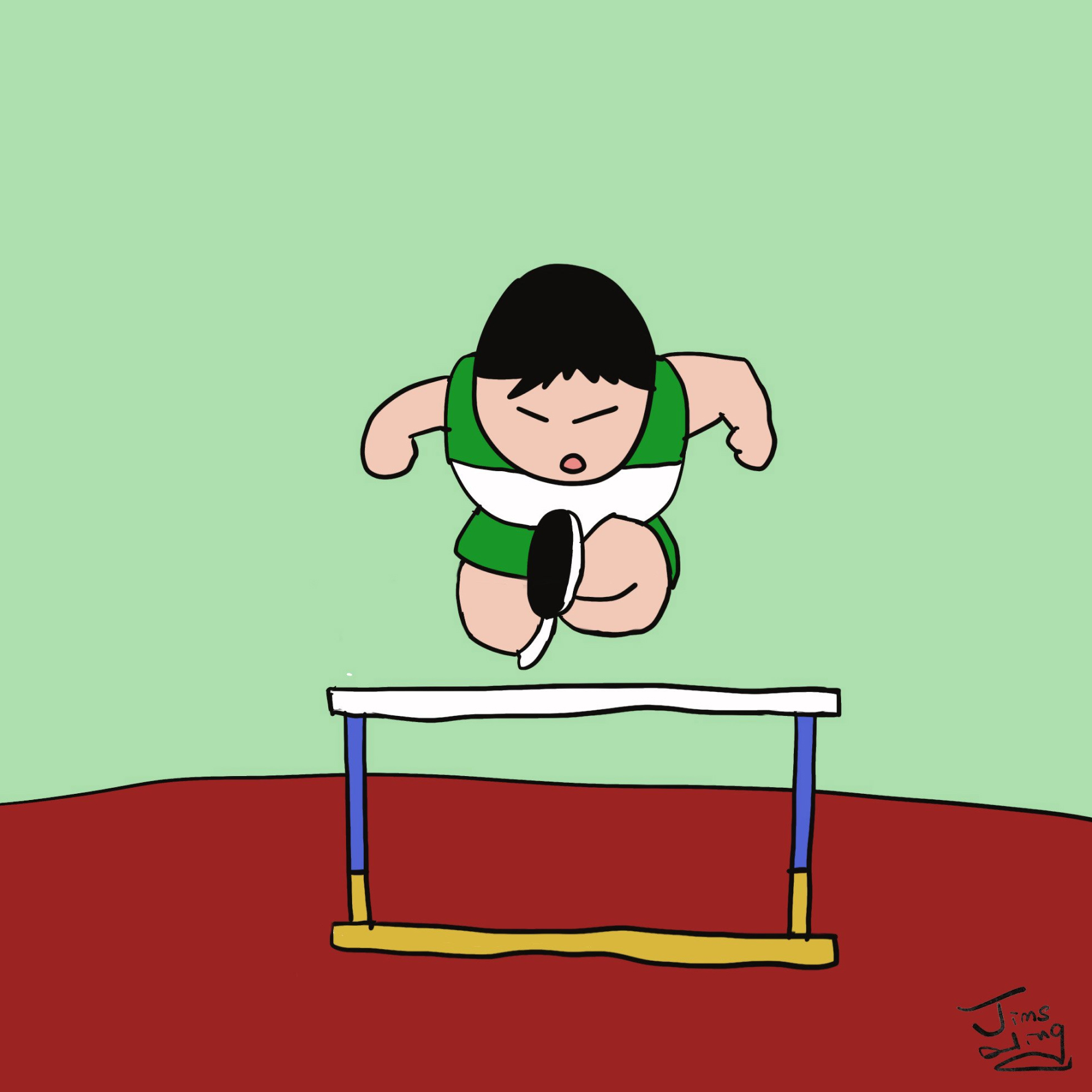Table of Contents
ToggleWhy this System (Relative Grounds)?
It is not rocket science to understand why we need to establish this system. Put it another way round, if your registration could not block others from registering another similar mark in the future, why would you have bothered to spend time and money to apply for a trademark in the first place. Simply put, a pair of trademarks creating confusion among the market should not be allowed to co-exist in the trademark register.
Why do We Need to Understand the Concept of “Confusingly Similar”?
But what is confusingly similar? If you can answer this question right, many congratulations! You can now tell: –
(i) if you should apply for a trademark. If your proposed mark is confusingly similar to an earlier registration, probably you should not waste your money to file the mark;
(ii) if someone opposes your trademark application, you will know whether to defend or not.
Unfortunately, even the best IP lawyer in this world cannot definitely answer these questions. After all, it is an art but not a science. With human discretion involved, results can never be totally consistent. Having said that, specialists can always draw assistance from the previous experience and the understanding of laws to provide you with a good prediction, just like how the weather forecast tells if you should bring an umbrella or not when going out tomorrow.
Mechanical Examination vs Global Appreciation
Each jurisdiction has its own set of practices and rules on what accounts for confusingly similar. We do not have enough space here to discuss things in detail. Instead, we would like to introduce to you two major examination styles, namely global appreciation and mechanical examination.
Let’s take a pair of trademarks as an example,
(i) “ABC 一二三(One, Two Three in Chinese)”; and (ii) “DEF一二三(One, Two, Three in Chinese)”. They both comprise two components, i.e., a different English component on the left (ABC vs DEF), and an identical Chinese component on the right (一二三). When we say mechanical examination, that means either the Chinese or English components are identical/similar, then the pairs will be considered as similar to each other, regardless of other components. Here, since the pair shares the identical Chinese component, by applying mechanical examination they will automatically be considered as confusingly similar. The mechanical examination is easy to apply, and results are more predictable. However, sometimes it creates relatively strange results.
By way of contrast, global appreciation will take into account the whole of the marks, weighing various factors against each other, to decide whether a mark is confusingly similar to another. Here are some examples:-
(a) People tend to read from left to right, and therefore they will read “ABC” and “DEF” first but not “一二三”;
(b) People tend to read the language they are commonly using. In an English-speaking country, average customers will read “ABC” and “DEF” first but not “一二三”;
(c) People tend to read the component which is bigger in size, which is “ABC” and “DEF” in our case;
(d) People will not usually have an idea to compare the two marks side by side, and can only compare the pair with imperfect recollection, i.e. seeing one mark so that another mark comes into your mind.
By applying the above principles of global appreciation, arguably we can come to the conclusion that the pair should not be considered as similar to each other. The above of course only serves as an over-simplified guide for easy illustration. In practice, there are so many different rules and exceptions, which will keep evolving through case laws and legislation.
As you can see, global appreciation and mechanical examination produce different results in the above example. In reality, however, you will hardly find any jurisdiction that applies one examination style exclusively, where exceptions may creep in to try to strike a delicate balance between certainty and fairness.
Trade Channels and Targeted Customers
This is yet the end of the story. We also need to consider whether the products/services covered by the two marks are similar to each other. On this front, the right question to ask is whether the products/ services at issue are targeting the same calibre of customers, and/or sharing the same trade channels.
For example, you can probably tell from your life experience that many shops will sell bags (class 18) and fashion (class 25) together, so while they are in different classes, it is more likely that the trade channels are considered as shared. Contrastingly, medical equipment (class 10) and fashion (class 25) are virtually disconnected. In some jurisdictions, in order to help you discern whether products/ services are similar, the trademark offices will issue guidance or adopt a sub-class system for easy reference. These rules and systems are still subject to interpretation, discretion, and also arguments run by your attorney.
Your trademark journey could not always be smooth. It is therefore vitally important that you appreciate the concepts of absolute and relative grounds for refusal of trademark.
Hopefully, you now have a better idea of









